Your Which of the following is a post translational modification of a polypeptide images are available. Which of the following is a post translational modification of a polypeptide are a topic that is being searched for and liked by netizens now. You can Get the Which of the following is a post translational modification of a polypeptide files here. Get all free vectors.
If you’re searching for which of the following is a post translational modification of a polypeptide images information linked to the which of the following is a post translational modification of a polypeptide topic, you have visit the right blog. Our website always provides you with suggestions for seeking the maximum quality video and image content, please kindly search and find more enlightening video content and graphics that match your interests.
Which Of The Following Is A Post Translational Modification Of A Polypeptide. The N-terminal Amino Acid Is Often Removed Or Modified. The formation of disulfide bonds from cysteine residues may also be referred to as a post-translational modification. Other forms of post-translational modification consist of cleaving peptide bonds as in processing a propeptide to a mature. The post translational modifiactions can be enzymatic or covalent.
 Post Translational Modification Wikiwand From wikiwand.com
Post Translational Modification Wikiwand From wikiwand.com
Polypeptides Can Be Degraded And Then Reassembled To Produce Entirely Different Sequenced Polypeptides. Removal of introns and splicing of exons C. In this lesson well talk about some of these modifications and why they help specify or change a. Post-translational modifications take place in the ER and include folding glycosylation multimeric protein assembly and proteolytic cleavage leading to. Formation of polyribosomes that allows simultaneous formation of many polypeptides from one mRNA transcript D. Post translational modifications or PTMs are involved in modifying the protein structure after they have been translated according to information on the mRNA.
Which Of The Following Is Not A Type Of Post-translational Modification Or Regulation.
Post-translational modification PTM is a process in protein biosynthesis that occurs after a protein has been translated from ribonucleic acid The process of translation involves creating a chain of amino acids that corresponds to the RNA template. The post translational modifiactions can be enzymatic or covalent. Which of the following is a post-translational modification of a polypeptide. Proteins are synthesized by ribosomes translating mRNA into polypeptide chains which may then undergo PTM to form the mature protein product. Another common post-translational modification is cleavage or linking of parts of the protein itself. Post-translational modifications are the chemical modifications a polypeptide chain receives after it is translated that convert it to the mature protein.
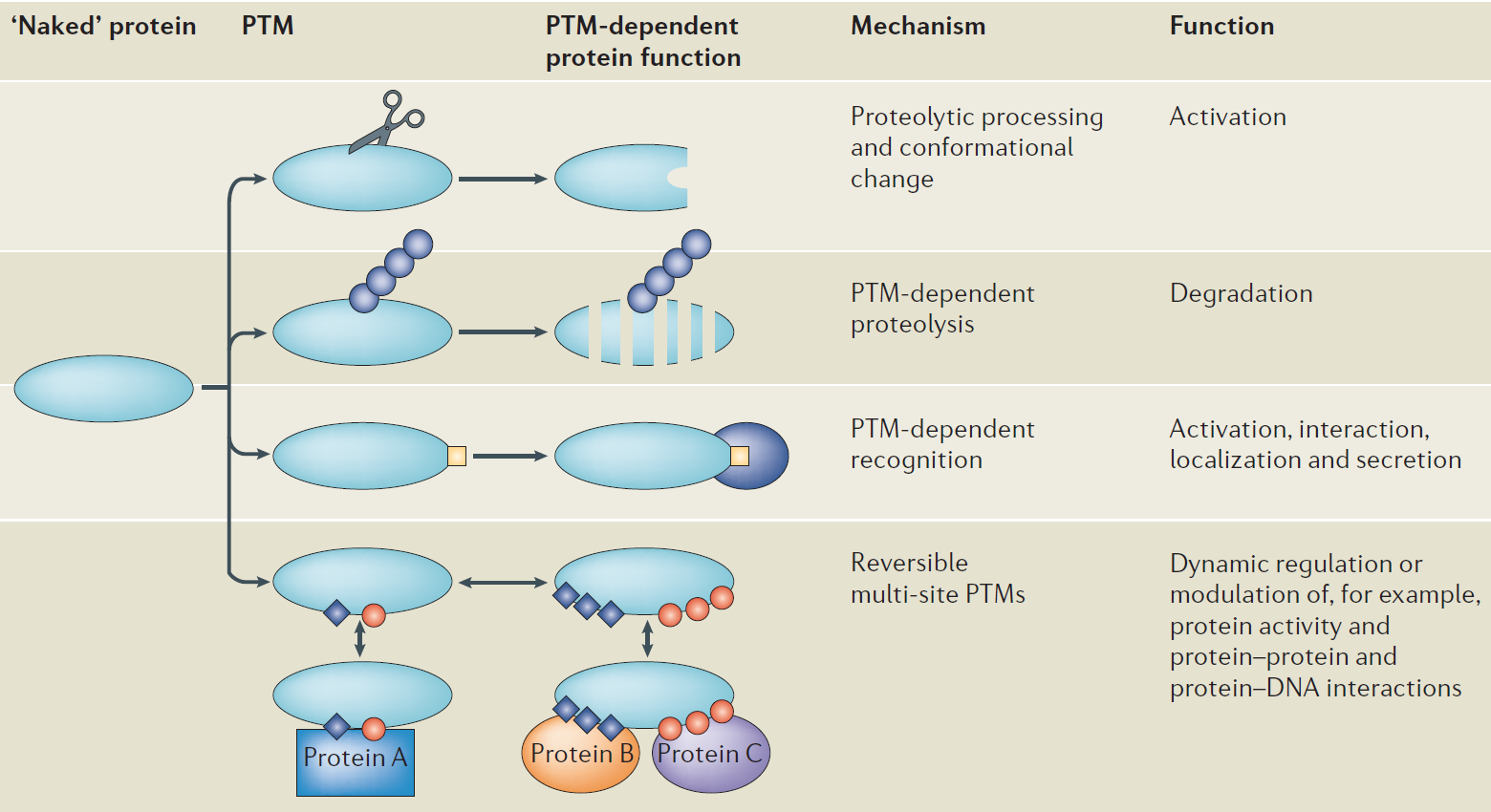 Source: creative-proteomics.com
Source: creative-proteomics.com
The N-terminal Amino Acid Is Often Removed Or Modified. In this lesson well talk about some of these modifications and why they help specify or change a. In the human body these PTMs increases the diversity and accuracy of proteins. Other forms of post-translational modification consist of cleaving peptide bonds as in processing a propeptide to a mature. After Translation a polypeptide chain undergoes modifications.
 Source: rockland-inc.com
Source: rockland-inc.com
Which of the following is a post-translational modification of a polypeptide. Which Of The Following Is Not A Type Of Post-translational Modification Or Regulation. Removal of introns and splicing of exons C. Post-translational modifications take place in the ER and include folding glycosylation multimeric protein assembly and proteolytic cleavage leading to. Proteins are synthesized by ribosomes translating mRNA into polypeptide chains which may then undergo PTM to form the mature protein product.
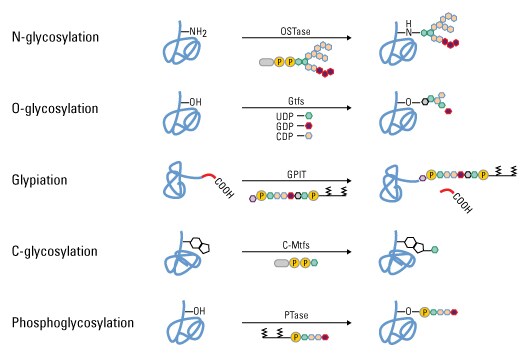 Source: thermofisher.com
Source: thermofisher.com
Which Of The Following Is Not A Type Of Post-translational Modification Or Regulation. Polypeptide Chains Can Be Cleaved To Produce A Shorter And Functional Polypeptide. Post translational modifications or PTMs are involved in modifying the protein structure after they have been translated according to information on the mRNA. Formation of polyribosomes that allows simultaneous formation of many polypeptides from one mRNA transcript D. Types Of Post Translational Modifications.
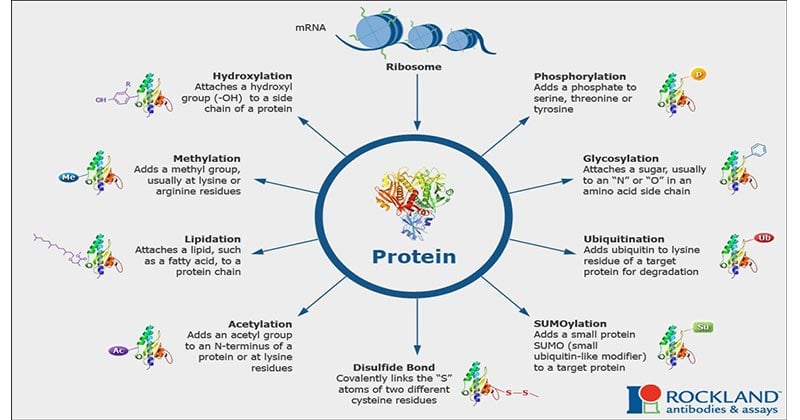 Source: microbenotes.com
Source: microbenotes.com
Post-translational modifications can include cleaving a polypeptide or adding something to it. During translation 20 different amino acids can be incorporated to make up a polypeptide chain. Which of the following would NOT be a post-translational modification. Post-translational modification PTM refers to the covalent and generally enzymatic modification of proteins following protein biosynthesis. Which of the following is a post-translational modification of a polypeptide.
 Source: slideshare.net
Source: slideshare.net
The N-terminal Amino Acid Is Often Removed Or Modified. Removal of non-functional Introns D. The formation of disulfide bonds from cysteine residues may also be referred to as a post-translational modification. Addition of Acetate C. After Translation a polypeptide chain undergoes modifications.
 Source: wikiwand.com
Source: wikiwand.com
After Translation a polypeptide chain undergoes modifications. Removal of non-functional Introns D. The post translational modifiactions can be enzymatic or covalent. Post-translational modification PTM refers to the covalent and generally enzymatic modification of proteins following protein biosynthesis. Signal-peptides may be cleaved parts may be excised from the middle of the protein or new covalent linkages may be made between cysteine or other amino acid side chains.

Signal-peptides may be cleaved parts may be excised from the middle of the protein or new covalent linkages may be made between cysteine or other amino acid side chains. Removal of introns and splicing of exons C. Types Of Post Translational Modifications. Which of the following is a post-translational modification of a polypeptide. During translation 20 different amino acids can be incorporated to make up a polypeptide chain.
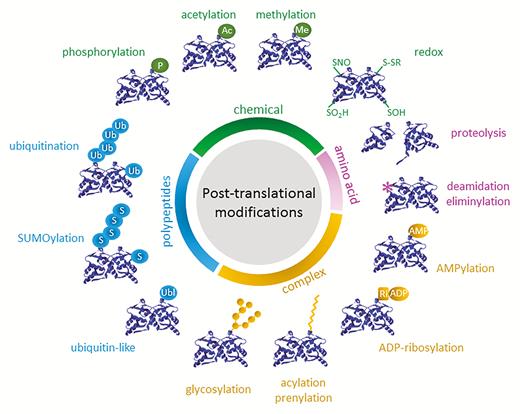 Source: plantae.org
Source: plantae.org
Which of the following would NOT be a post-translational modification. Post-translational modifications take place in the ER and include folding glycosylation multimeric protein assembly and proteolytic cleavage leading to. Addition of a Disulfide Bridge B. Adding A Sugar To A Polypeptide Alternative RNA Splicing Adding A Lipid To A Polypeptide Cutting Polypeptides Into Smaller Active Final Products. During translation 20 different amino acids can be incorporated to make up a polypeptide chain.
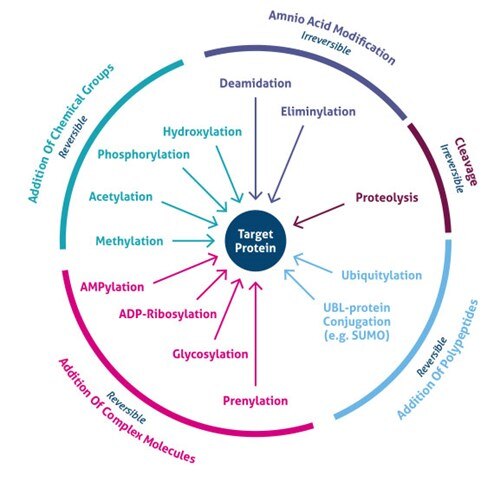 Source: ptglab.com
Source: ptglab.com
The first post-translational modification applied to encoded polypeptides the oxidation of cysteine residues to form disulfide bridges is a natural one and was used to cyclise short peptides soon after the invention of phage display. Proteins are synthesized by ribosomes translating mRNA into polypeptide chains which may then undergo PTM to form the mature protein product. Addition of Acetate C. Polypeptide Chains Can Be Cleaved To Produce A Shorter And Functional Polypeptide. Post-translational modifications are the chemical modifications a polypeptide chain receives after it is translated that convert it to the mature protein.
 Source: chegg.com
Source: chegg.com
The first post-translational modification applied to encoded polypeptides the oxidation of cysteine residues to form disulfide bridges is a natural one and was used to cyclise short peptides soon after the invention of phage display. Post-translational modifications can include cleaving a polypeptide or adding something to it. Which of the following would NOT be a post-translational modification. Proteins are synthesized by ribosomes translating mRNA into polypeptide chains which may then undergo PTM to form the mature protein product. Post translational modifications or PTMs are involved in modifying the protein structure after they have been translated according to information on the mRNA.
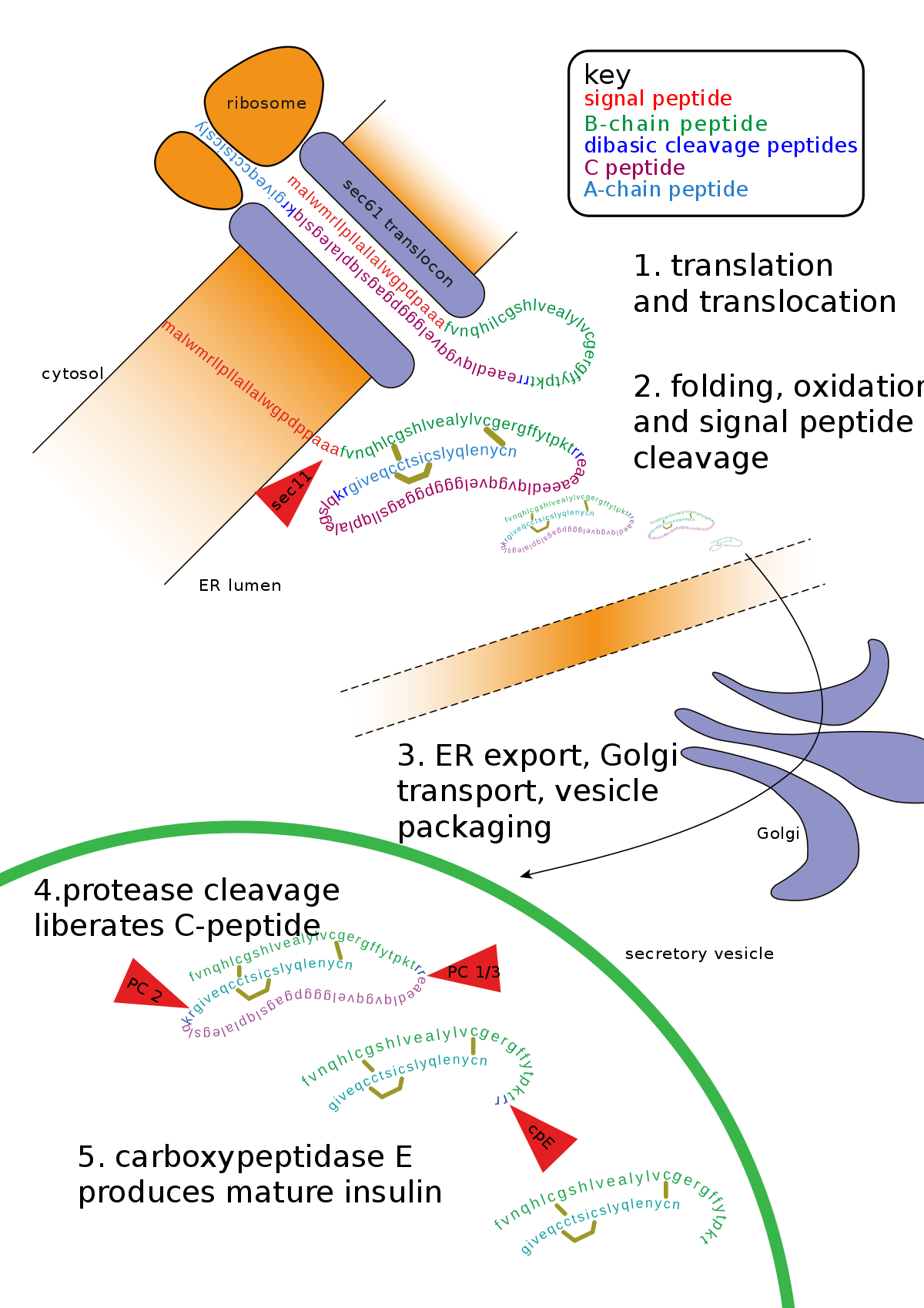 Source: microbenotes.com
Source: microbenotes.com
Other forms of post-translational modification consist of cleaving peptide bonds as in processing a propeptide to a mature. Formation of polyribosomes that allows simultaneous formation of many polypeptides from one mRNA transcript D. During translation 20 different amino acids can be incorporated to make up a polypeptide chain. All Of The Following Are Examples Of Posttranslational Modifications EXCEPT_____. PTMs are important components in cell signaling as for example.
 Source: slideplayer.com
Source: slideplayer.com
Post-translational modifications can include cleaving a polypeptide or adding something to it. Other forms of post-translational modification consist of cleaving peptide bonds as in processing a propeptide to a mature. Removal of non-functional Introns D. Addition of Acetate C. Signal-peptides may be cleaved parts may be excised from the middle of the protein or new covalent linkages may be made between cysteine or other amino acid side chains.
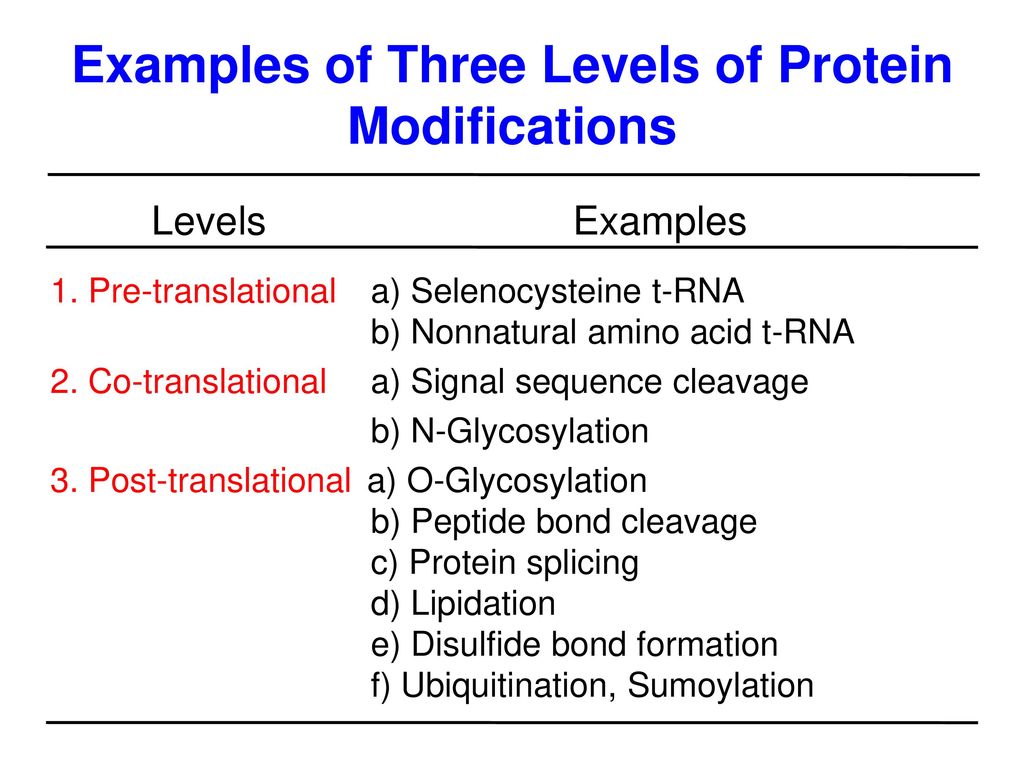 Source: slideplayer.com
Source: slideplayer.com
Addition of a Disulfide Bridge B. Polypeptides Can Be Degraded And Then Reassembled To Produce Entirely Different Sequenced Polypeptides. Post translational modifications or PTMs are involved in modifying the protein structure after they have been translated according to information on the mRNA. Post-translational modification PTM refers to the covalent and generally enzymatic modification of proteins following protein biosynthesis. Post-translational modifications take place in the ER and include folding glycosylation multimeric protein assembly and proteolytic cleavage leading to.
 Source: youtube.com
Source: youtube.com
Types Of Post Translational Modifications. Proteins are synthesized by ribosomes translating mRNA into polypeptide chains which may then undergo PTM to form the mature protein product. Cleavage of a polypeptide into two or more chains B. PTMs are important components in cell signaling as for example. Post-translational modifications can include cleaving a polypeptide or adding something to it.
 Source: sciencedirect.com
Source: sciencedirect.com
Other forms of post-translational modification consist of cleaving peptide bonds as in processing a propeptide to a mature. Post-translational modifications can include cleaving a polypeptide or adding something to it. Post-translational modification PTM refers to the covalent and generally enzymatic modification of proteins following protein biosynthesis. Which Of The Following Is Not A Type Of Post-translational Modification Or Regulation. Cleavage of a polypeptide into two or more chains During translation amino.
 Source: slideshare.net
Source: slideshare.net
The formation of disulfide bonds from cysteine residues may also be referred to as a post-translational modification. Proteins are synthesized by ribosomes translating mRNA into polypeptide chains which may then undergo PTM to form the mature protein product. The N-terminal Amino Acid Is Often Removed Or Modified. Post-translational modification PTM refers to the covalent and generally enzymatic modification of proteins following protein biosynthesis. Signal-peptides may be cleaved parts may be excised from the middle of the protein or new covalent linkages may be made between cysteine or other amino acid side chains.
 Source: mcponline.org
Source: mcponline.org
Cleavage of a polypeptide into two or more chains B. After Translation a polypeptide chain undergoes modifications. Post-translational modification PTM refers to the covalent and generally enzymatic modification of proteins following protein biosynthesis. PTMs are important components in cell signaling as for example. Proteins are synthesized by ribosomes translating mRNA into polypeptide chains which may then undergo PTM to form the mature protein product.
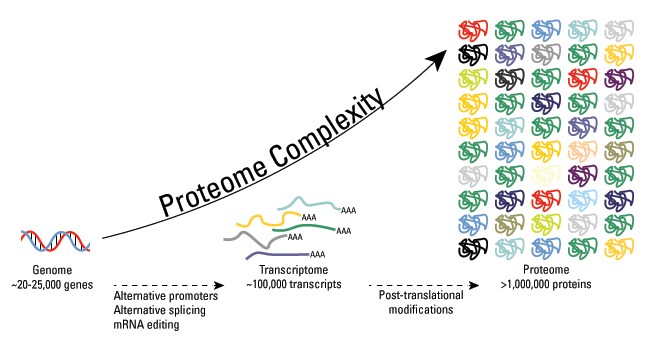 Source: thermofisher.com
Source: thermofisher.com
During translation 20 different amino acids can be incorporated to make up a polypeptide chain. All Of The Following Are Examples Of Posttranslational Modifications EXCEPT_____. Polypeptide Chains Can Be Cleaved To Produce A Shorter And Functional Polypeptide. The N-terminal Amino Acid Is Often Removed Or Modified. Post translational modifications or PTMs are involved in modifying the protein structure after they have been translated according to information on the mRNA.
This site is an open community for users to submit their favorite wallpapers on the internet, all images or pictures in this website are for personal wallpaper use only, it is stricly prohibited to use this wallpaper for commercial purposes, if you are the author and find this image is shared without your permission, please kindly raise a DMCA report to Us.
If you find this site helpful, please support us by sharing this posts to your favorite social media accounts like Facebook, Instagram and so on or you can also bookmark this blog page with the title which of the following is a post translational modification of a polypeptide by using Ctrl + D for devices a laptop with a Windows operating system or Command + D for laptops with an Apple operating system. If you use a smartphone, you can also use the drawer menu of the browser you are using. Whether it’s a Windows, Mac, iOS or Android operating system, you will still be able to bookmark this website.





